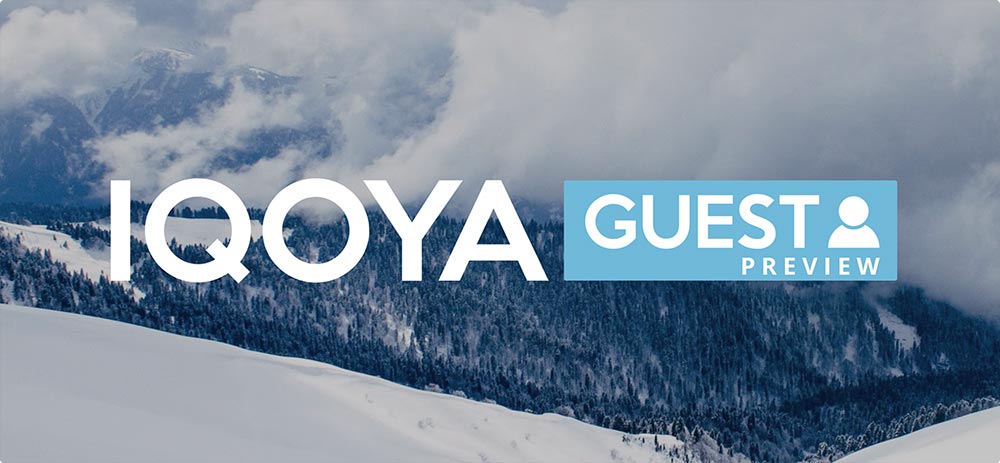BEING A REPORTER IN TIMES OF LOCKDOWN = CHALLENGE ACCEPTED!
Remote broadcasting – Audio-over-IPA smart trick and flawless broadcasts from home thanks to Digigram’s IQOYA Guest Preview.
Basically, reporters’ job is to “report”, therefore they need to be on the field (preferably with an IQOYA Talk) to meet real situations and craft the news. But, in times of nation-wide lockdowns, when social distancing is a golden rule, how do reporters… Report?
Bypassing this new (and hopefully, temporary) normal and reporting from a comfy couch or cluttered garage is a thing: countless images have flourished over the web, depicting journalists happily working from home, with a ton of equipment imported from their usual studio.
However, shipping equipment to each journalist’s place and ensure a smooth news service is sometimes beyond possible.

At Digigram, we have come up with a ridiculously easy trick – simply hijacking our IQOYA Guest Preview service and turning it into remote reporters’ best companion (beside the coffee shot)! Basically, that hands-down service was designed to host remote guests during a show or broadcast. Whether using a smartphone, tablet or being interviewed from a computer, the guest needs absolute no knowledge of any radio-specific tools, tunings and features.
All it takes is a reliable internet connexion and a web browser. Sound quality for the stream transmission is top notch (you know how much we care about sound quality) and the service has the simplest configuration.
Turning IQOYA Guest preview into a work sidekick is an easy-peasy operation that requires only minimal equipment. This lightweight solution takes no more than 4 steps:
#1 Choose the best place to broadcast
Is it your sofa? Your desk? The kitchen counter? You may roam your home to find the most convenient setting for your computer or smartphone as a scenery for your upcoming broadcast.
#2 Fix yourself a warm drink
Carefully choose the mug for your home made cappuccino – if you were to make a selfie while broadcasting, you’d certainly want to look at your best. So, discard that good ol’ chipped mug you received for your 12th birthday.
#3 Clear the place
Kick the kids or the cat out of the place (but #stayhome anyway, ok?) – This is your workplace, after all. And you are about to broadcast your regular show.
#4 Open your favourite browser
Launch IQOYA Guest. Log in. Sip some coffee. Click on CALL to connect to the studio. Take another sip. Mic on. You are on air.

